15 years ago today, the iPhone was released
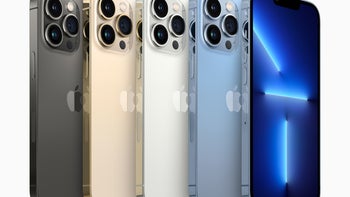
15 years ago today long lines of consumers were wrapped around Apple Stores trying to get inside to buy Apple's hot new product, the iPhone. On June 29th, 2007, Apple released the first-generation iPhone and the world was never the same again. The device had already been introduced with great fanfare on January 9th, and it took Apple and its supply-chain more than five months to build enough handsets to sell.
The OG iPhone wasn't perfect but it was something that no one had ever seen before
The OG iPhone was not perfect. It did not offer stereo Bluetooth, nor did it have MMS or copy and paste. It also did not run on AT&T's 3G network. Instead, the first iPhone used AT&T's "2.5G" EDGE network. The latter prevented users from running the browser and taking a call at the same time. It also made YouTube videos running over cellular look like crap. Luckily, video viewed over Wi-Fi was sharp and clear.
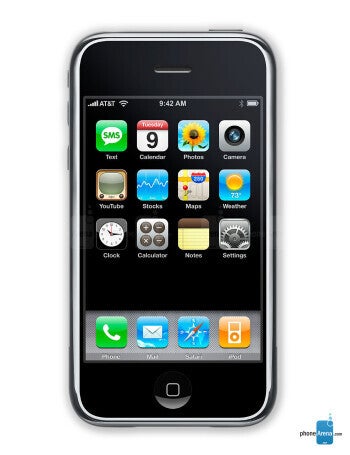
The OG iPhone first went on sale 15 years ago on this date
What the iPhone did have was an incredible touchscreen and a cool UI. Everyone wanted an iPhone and there was no Android back then. If you weren't on AT&T, your choices were to buy one of the iPhone clones (many of which were feature phones with poor resistive touch screens and an HTML browser like the LG Voyager). It wasn't until Motorola, Google, and Verizon teamed up to offer the Motorola DROID in November 2009 that a phone was delivered that could actually match the iPhone in capabilities.
Network news broadcasts on June 29th, 2007 showed iPhone buyers ecstatic to get their mitts on one. Owners of the device were both envied but also ridiculed for spending $499 on a smartphone. Little did the world know that $1,000 phones would soon be coming. Still, the excitement was electric and palpable. Just 74 days after release, Apple announced that the iPhone had sold 1 million units.
These days, an iPhone launch that resulted in 1 million units sold in the first 74 days would be considered a huge failure and you'd be reading about the many Apple investors who committed suicide by jumping off of the Golden Gate Bridge. For example, the latest info we have shows that 1.7 million to 2 million iPhone 12 units were bought during the first 24 hours of availability.
The OG iPhone featured a 3.5-inch LCD display with a resolution of 320 x 480. Under the hood was a 412MHz single-core processor. A 1400mAh battery powered the phone which carried on its back a 2MP camera with no flash. Since then, Apple added the App Store (perhaps the single most important addition made for the phone), introduced Siri and Touch ID, increased the screen size, and greatly improved the photography platform.
Soon, cheaper smartphones and older iPhone models brought pricing down to the point that almost everyone who wanted a smartphone could buy one. You could not walk the streets of Manhattan without seeing everyone looking down at their phones.
Still, not everyone in the industry could forecast what was coming. Microsoft CEO Steve Ballmer famously laughed at the iPhone over the pricing and the virtual keyboard. When asked what his initial thoughts about the device were, Ballmer cackled, "$500 full subsidized with a plan?" The executive also said that the iPhone didn't appeal to business customers because it didn't offer a physical keyboard.
Also failing to read the room correctly were Research In Motion (RIM) co-chief executives Jim Balsillie and Mike Lazaridis. RIM was the company behind the popular BlackBerry phones known for their physical keyboards and mobile e-mail platform. Some of their quotes explain why the iPhone eventually surpassed BlackBerry.
Some industry executives thought that the iPhone would fail
"As nice as the Apple iPhone is, it poses a real challenge to its users. Try typing a web key on a touchscreen on an Apple iPhone, that's a real challenge. You cannot see what you type," said Jim Balsillie in November 2007. His partner, Mike Lazaridis, said in May 2008, "The most exciting mobile trend is full QWERTY keyboards. I'm sorry, it really is. I'm not making this up."
BlackBerry tried to take on Apple with the Storm which was launched in 2008 with a virtual keyboard designed to feel like you were pressing on a physical keyboard. A design error (corrected on the sequel) made typing on the Storm quite an adventure and just about every unit sold by Verizon (including the one this writer pre-ordered) was sent back for a replacement unit.
Just as many say that there will never be another Beatles, we might never see another consumer electronics product hit the ground running as the iPhone did. So on the 15th birthday of its initial public release, we wish the iPhone a Happy Birthday and hope that there are many more ahead.

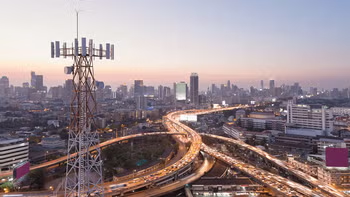
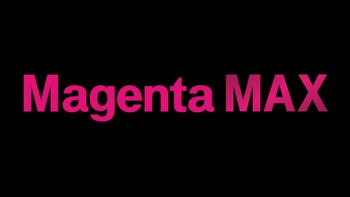
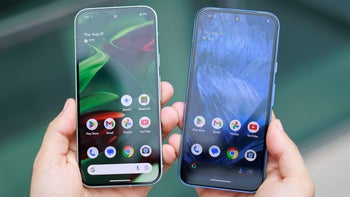
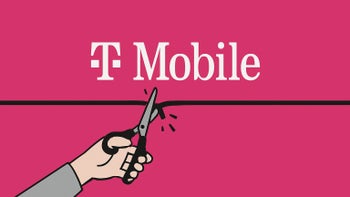

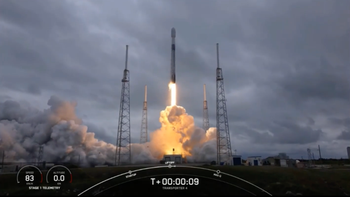
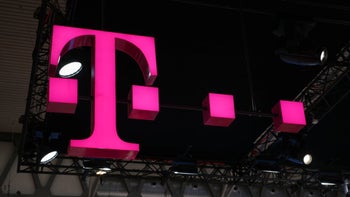
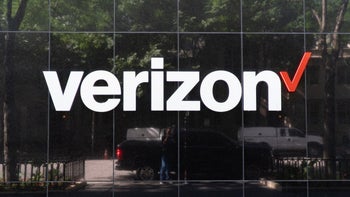
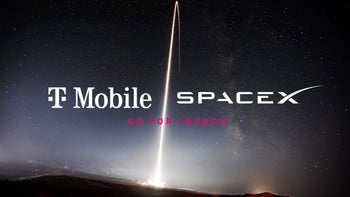
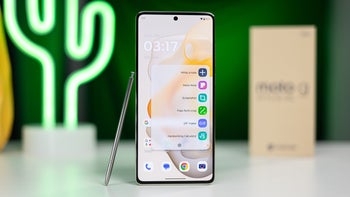
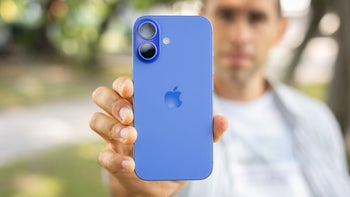
Things that are NOT allowed: